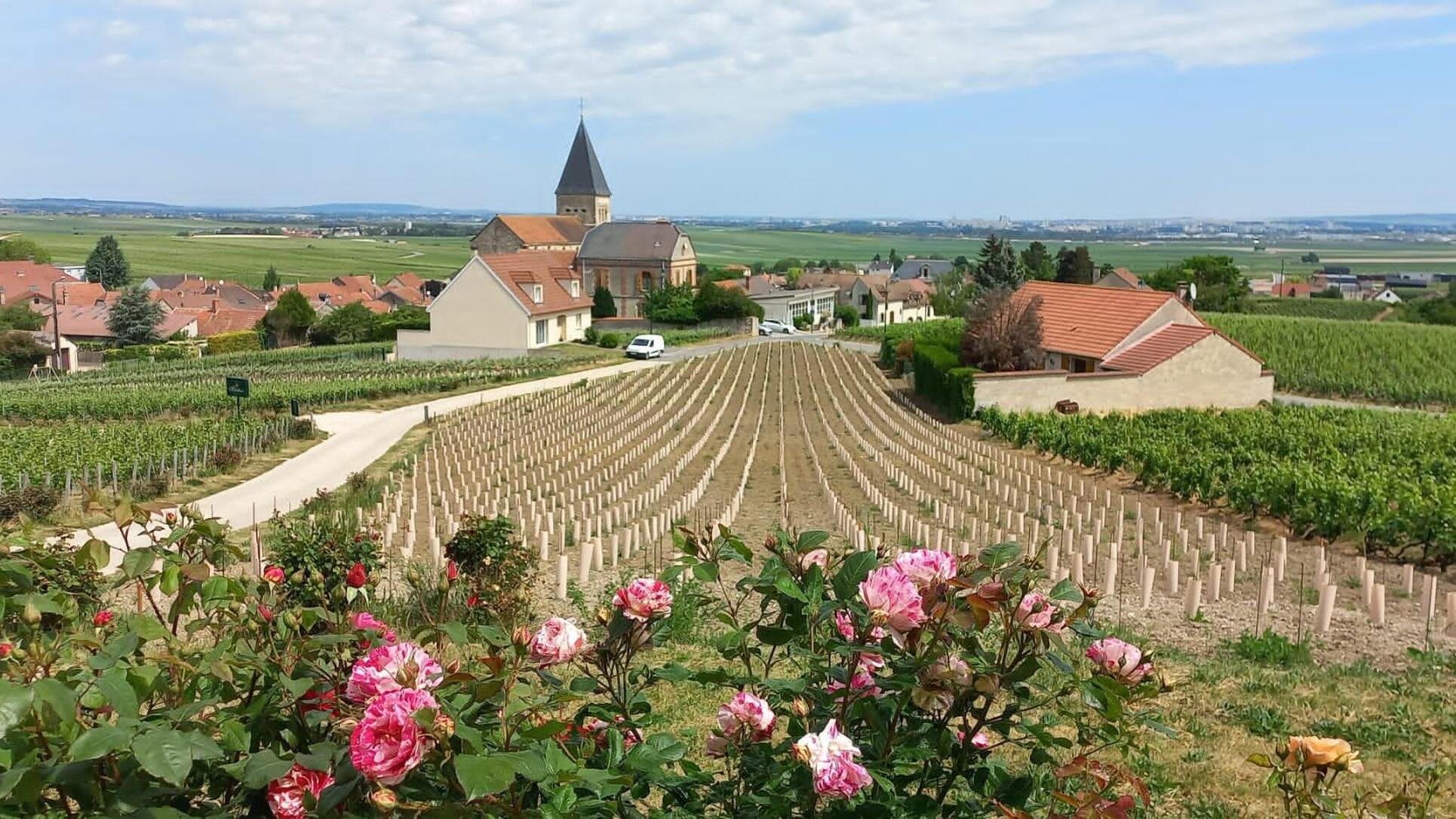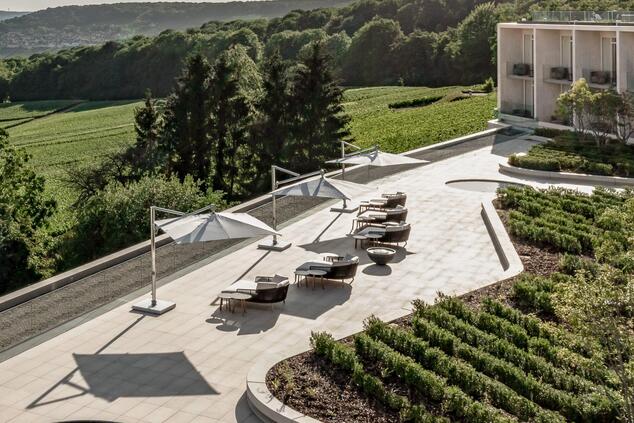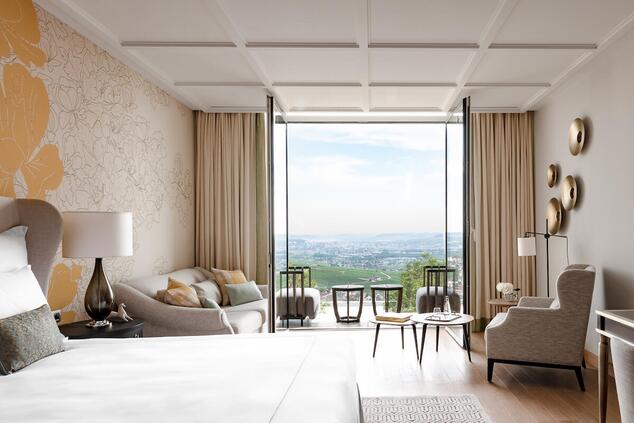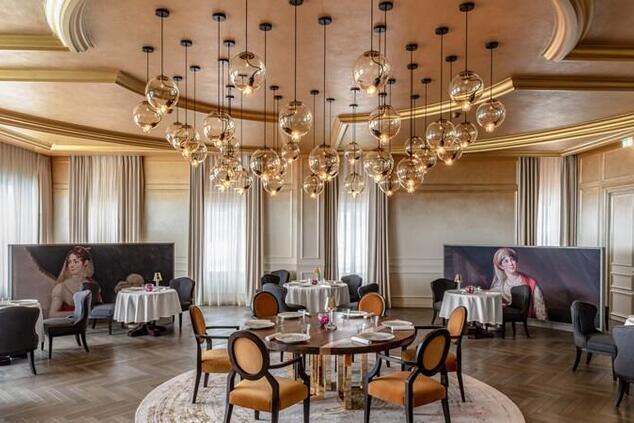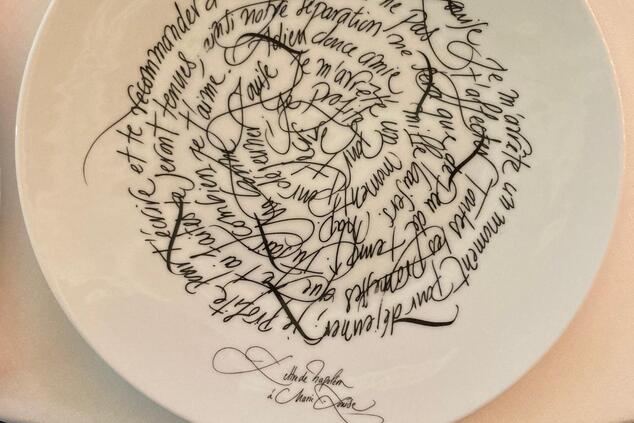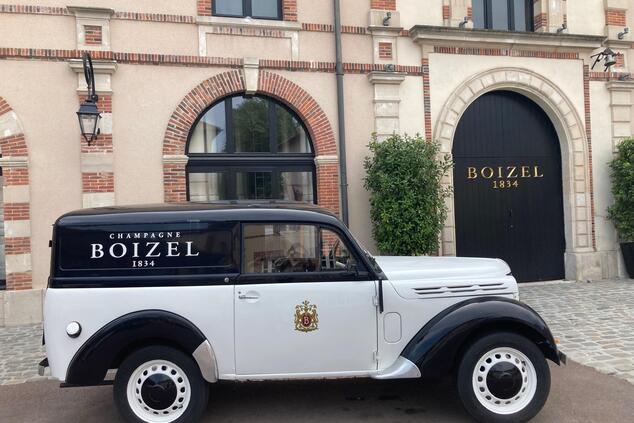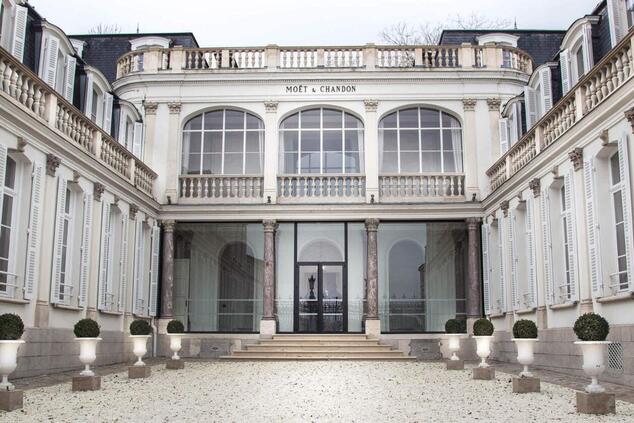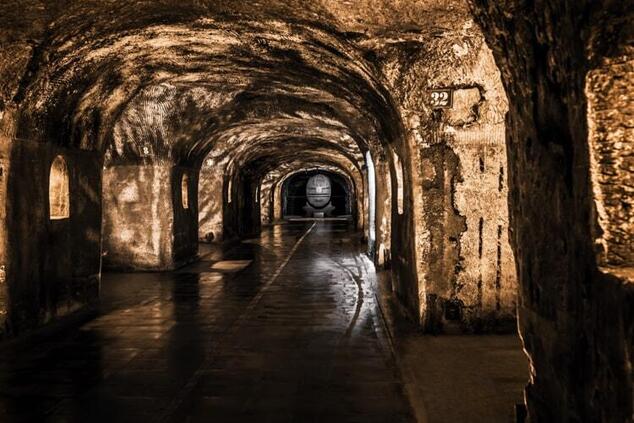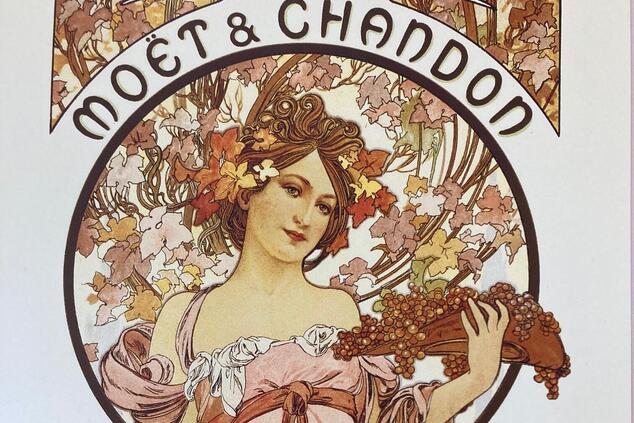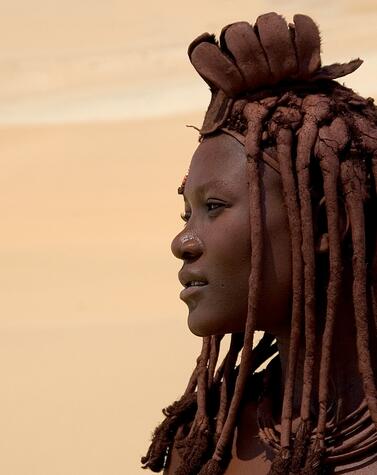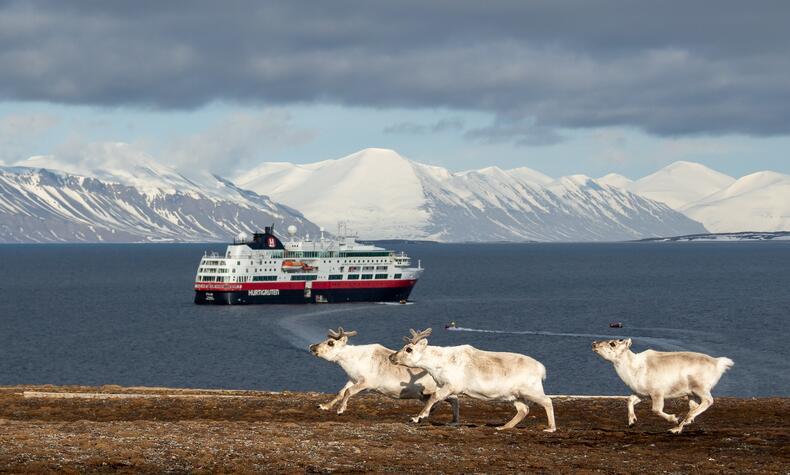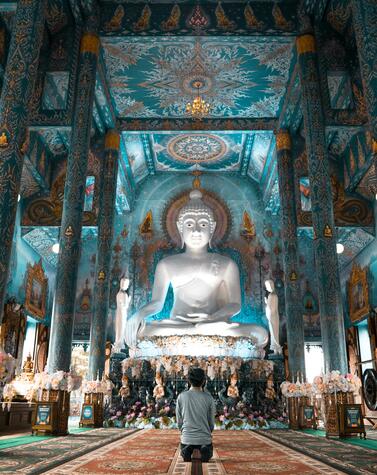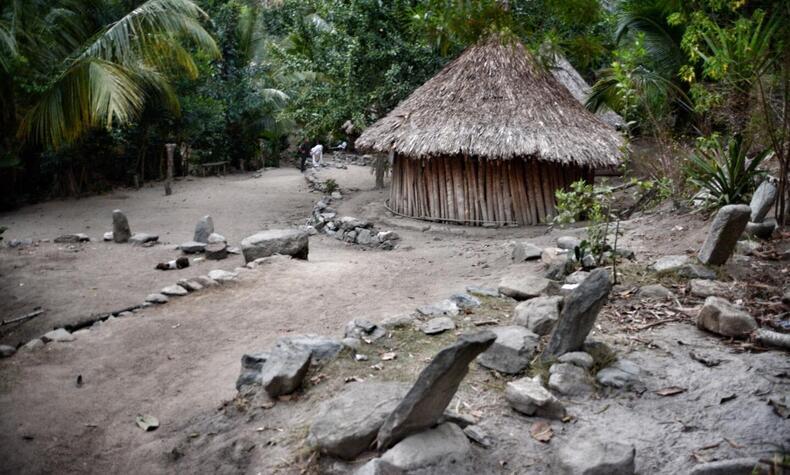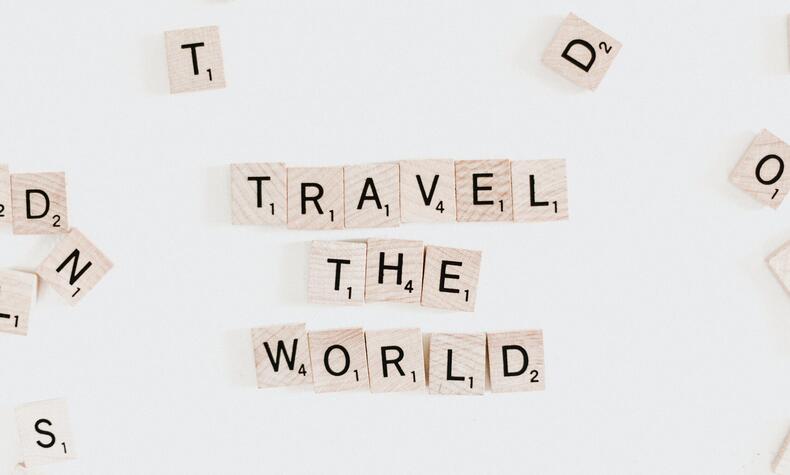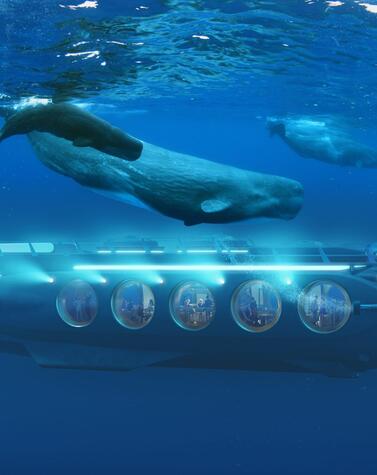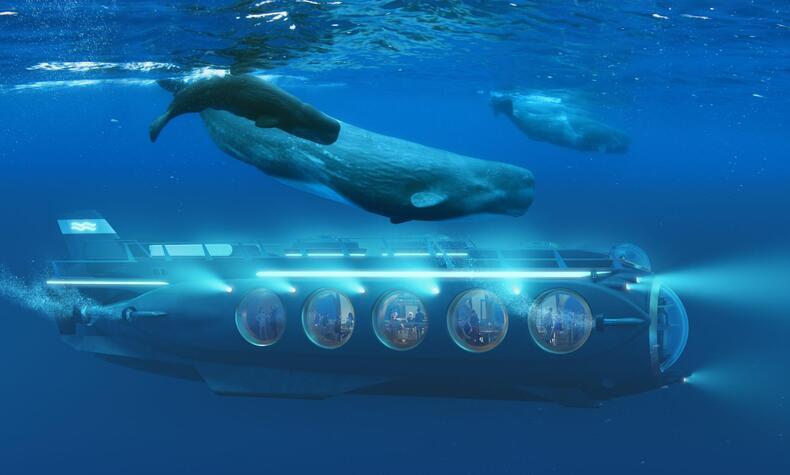Luxury bubble tour in Champagne
In 1668, the young Benedictine monk Dom Pierre Pérignon was appointed procurator of the abbey of Hautvillers, in the heart of the Champagne region. He devoted his entire life to being the caretaker of the monastery's cellar. His innovative spirit made him begin trials blending Pinot Noir and Chardonnay wines.
Because of the gas caused by fermentation, at first, the bottles exploded. With how that first wine transmuted into champagne, it became known as "the wine of the devil", but Dom Pérignon decided to make bottles with thicker glass to avoid that problem.
The monk, known as "the spiritual father of champagne," eventually succeeded in his efforts to transmute the wine into champagne, a drink that began to be highly appreciated in the court of King Louis XIV and today is a symbol of luxury and exclusivity around the world. In fact, it was this monk who created the "méthode champenoise".
With this story, in front of the abbey of Hautvillers, I begin my route between vineyards and toasts by "La Champagne", one of the most beautiful regions of France, located just an hour and a half from Paris.
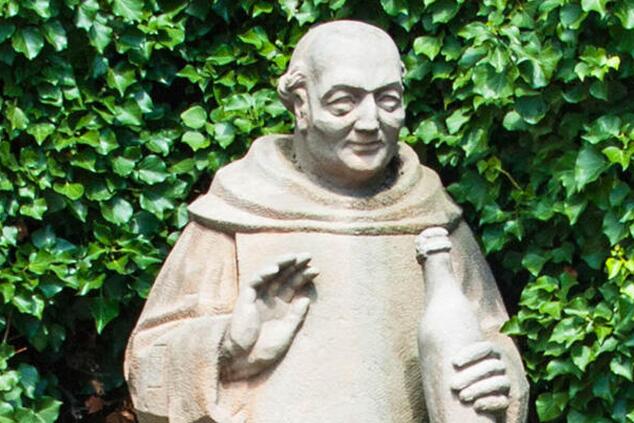
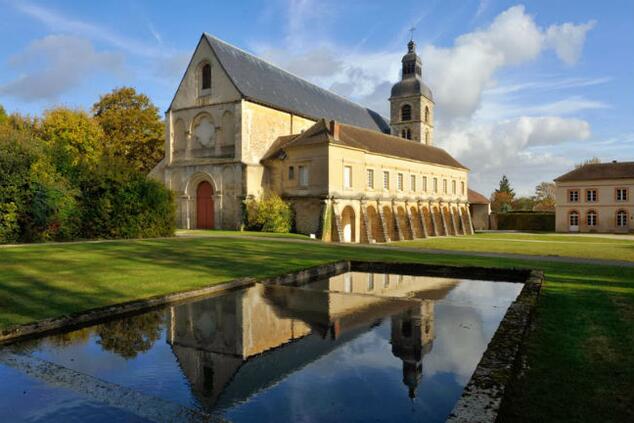
This whole area was a region that, until the eighteenth century, was known for the textile industry, but the Industrial Revolution generated a crisis that caused many families to move to the production of champagne.
Reims is one of the main cities of the region that begs to be discovered since you can walk through its well-kept streets and admire its local products through store windows, each one more appetizing, such as the typical pink cookies of the "Maison Fossier", which are made with the same recipe since 1756.
In this city, which has one of the most emblematic Gothic cathedrals in France and where all the kings of France were crowned between the eleventh and eighteenth centuries, I stayed at the Hotel Continental, a former nineteenth-century mansion, converted into a hotel in 1880, offering a cozy and exclusive atmosphere in the heart of the city.
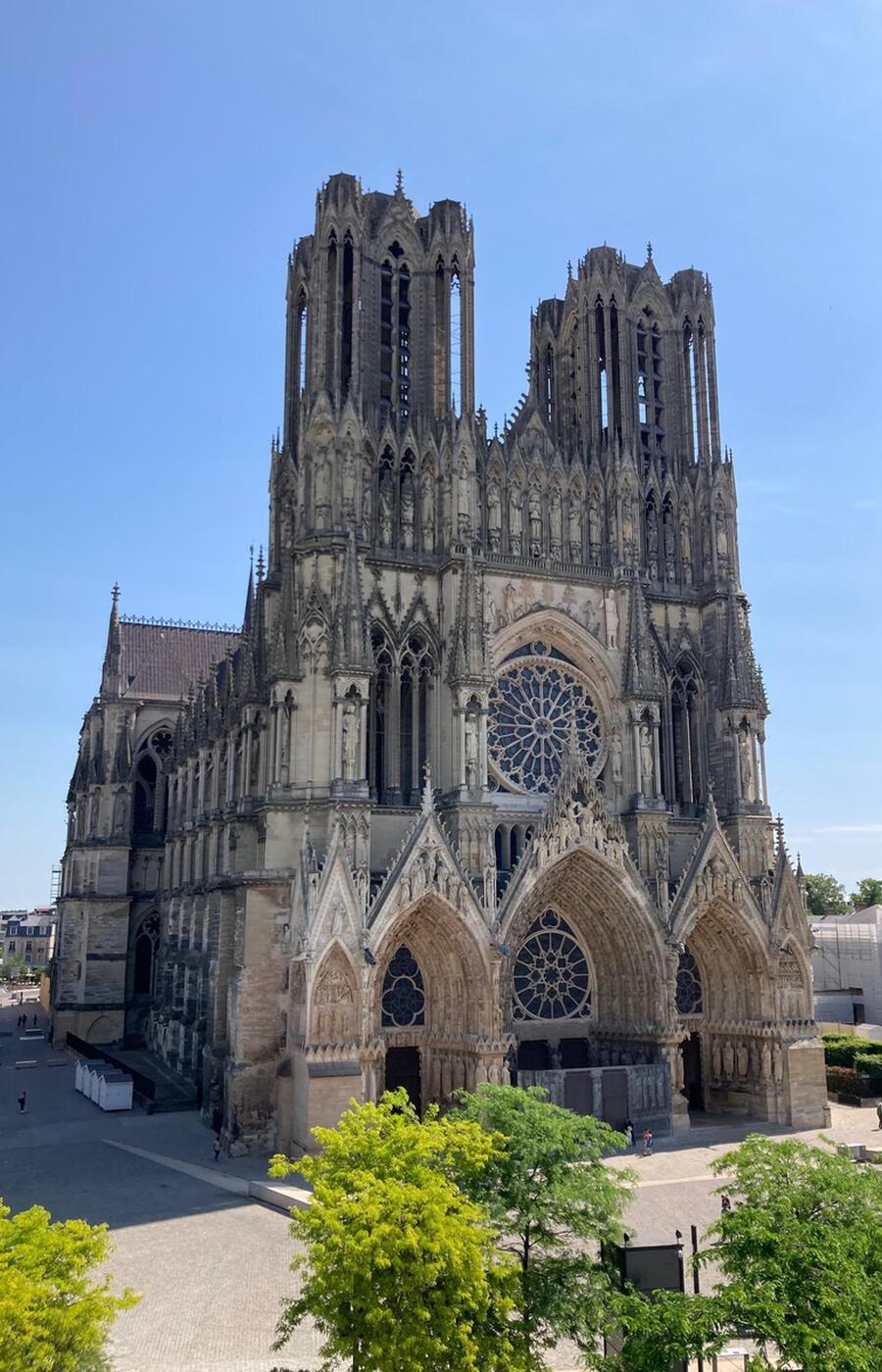
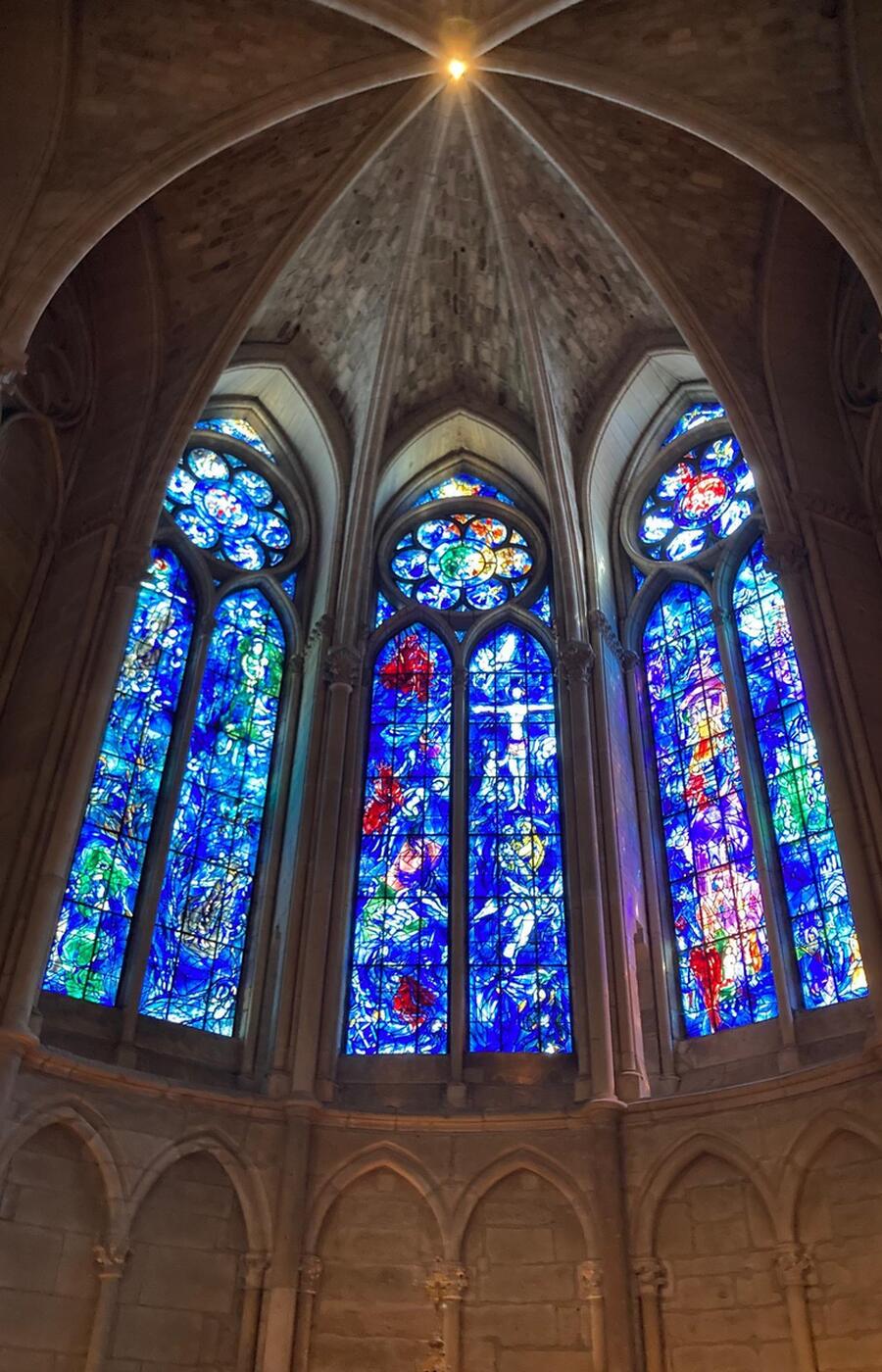
A large part of the subsoil of Reims is formed by the famous "crayères", subway limestone quarries, 25 meters deep from where the stones were extracted in the past to build the walls of the city and which, today, represent the ideal space for the production of champagne thanks to its temperature of between 8-12 degrees and its 96% constant humidity throughout the year.
My first visit was to a winery named after a fascinating woman: Veuve Clicquot, the first lady of champagne. Barbe-Nicole Ponsardin Clicquot was widowed at just 27 and inherited her husband's sparkling wine business at a time when the Napoleonic wars in Europe made the champagne export business difficult.
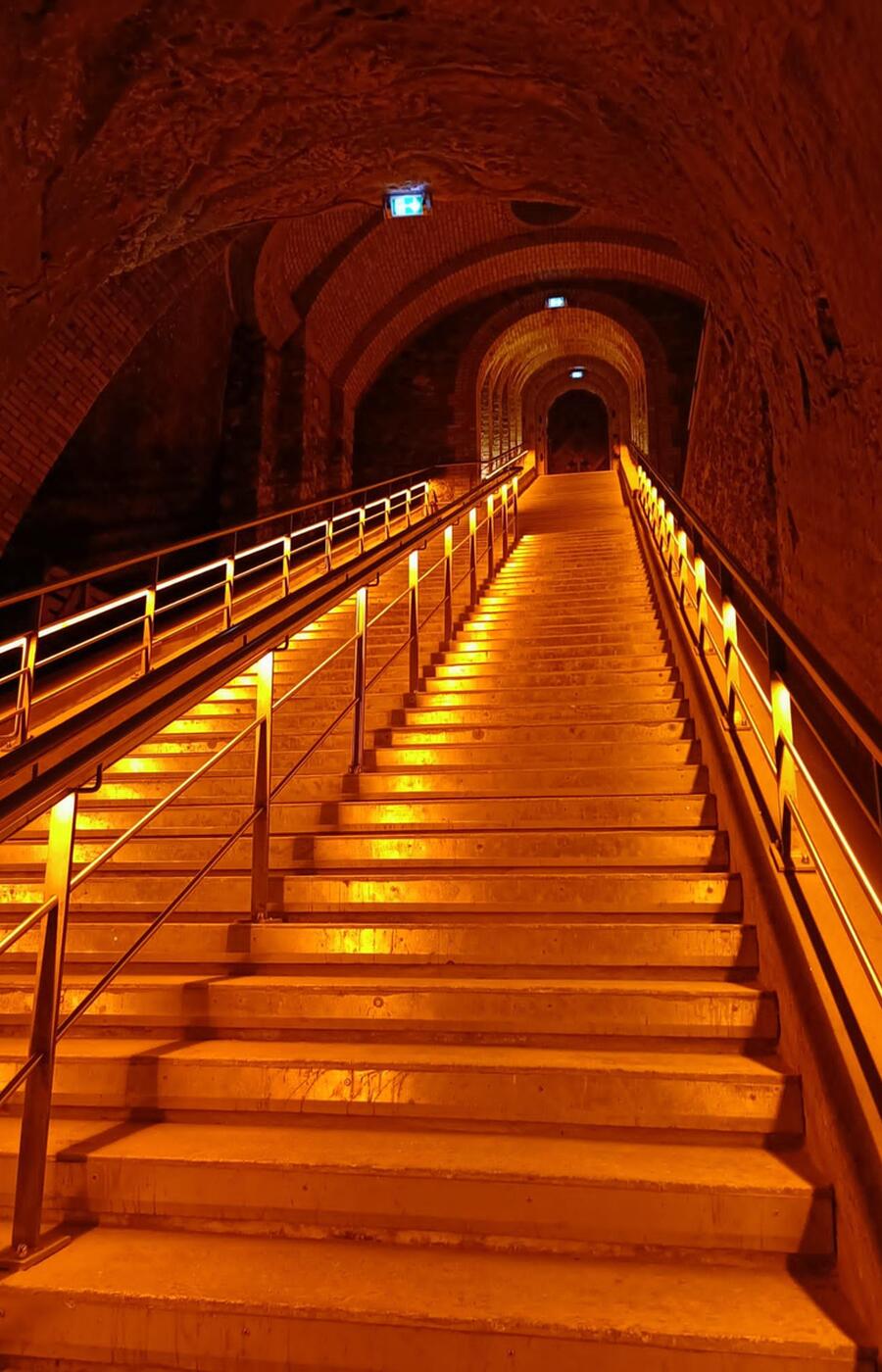
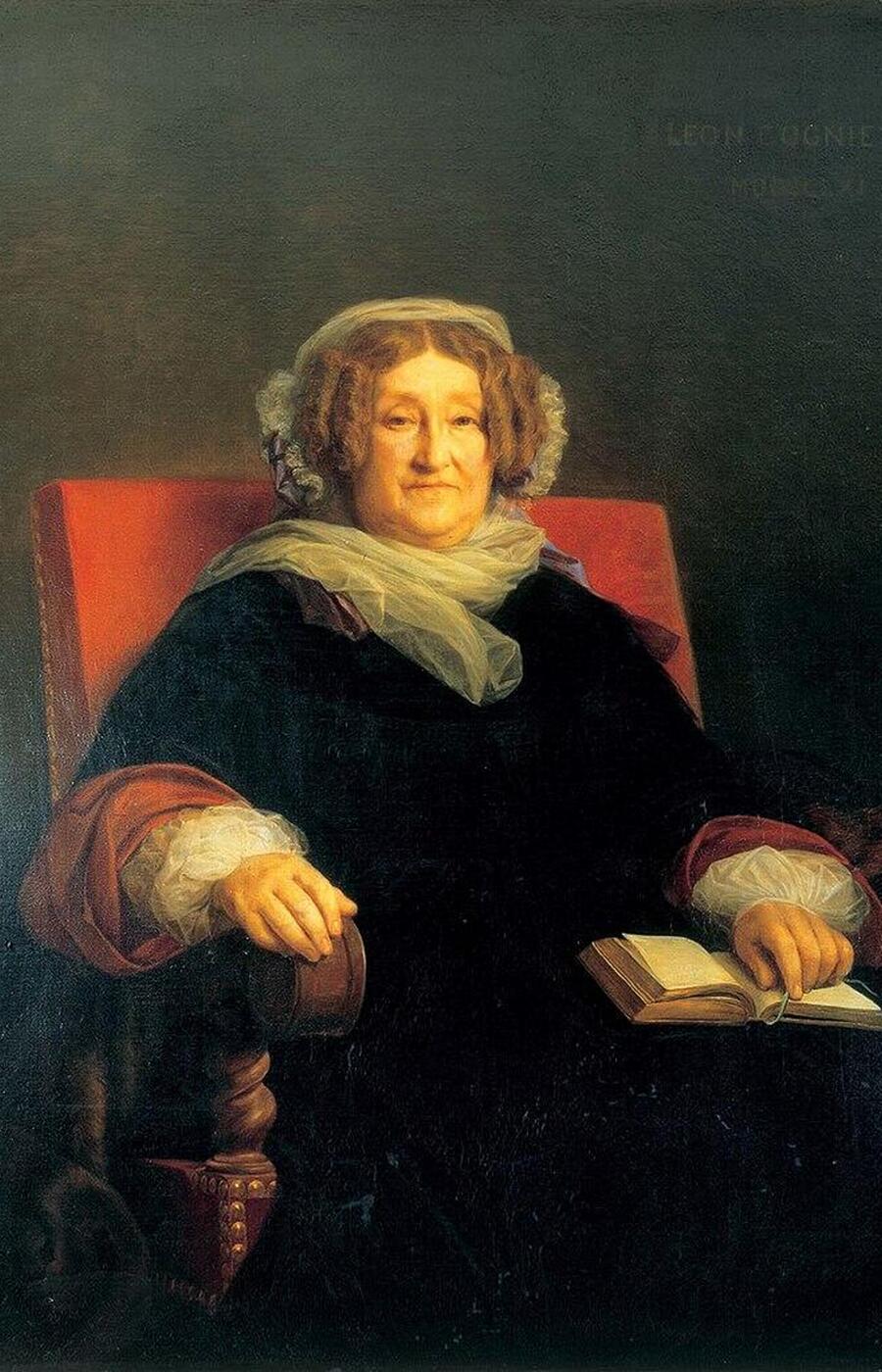
But, in 1811, a large comet was seen in the sky that Madame Clicquot interpreted as a sign of a good vintage and so it was that in 1813, that managed to circumvent the veto of champagne in the court of the Russian Tsar and introduce it in what would become one of its main export markets. The sign of the comet made a star one of the main elements of the logo of this French champagne. The subsoil of the Veuve Clicquot cellar is made up of 476 quarries that run a total of 24 kilometers and store thousands of bottles of one of the best French champagnes.
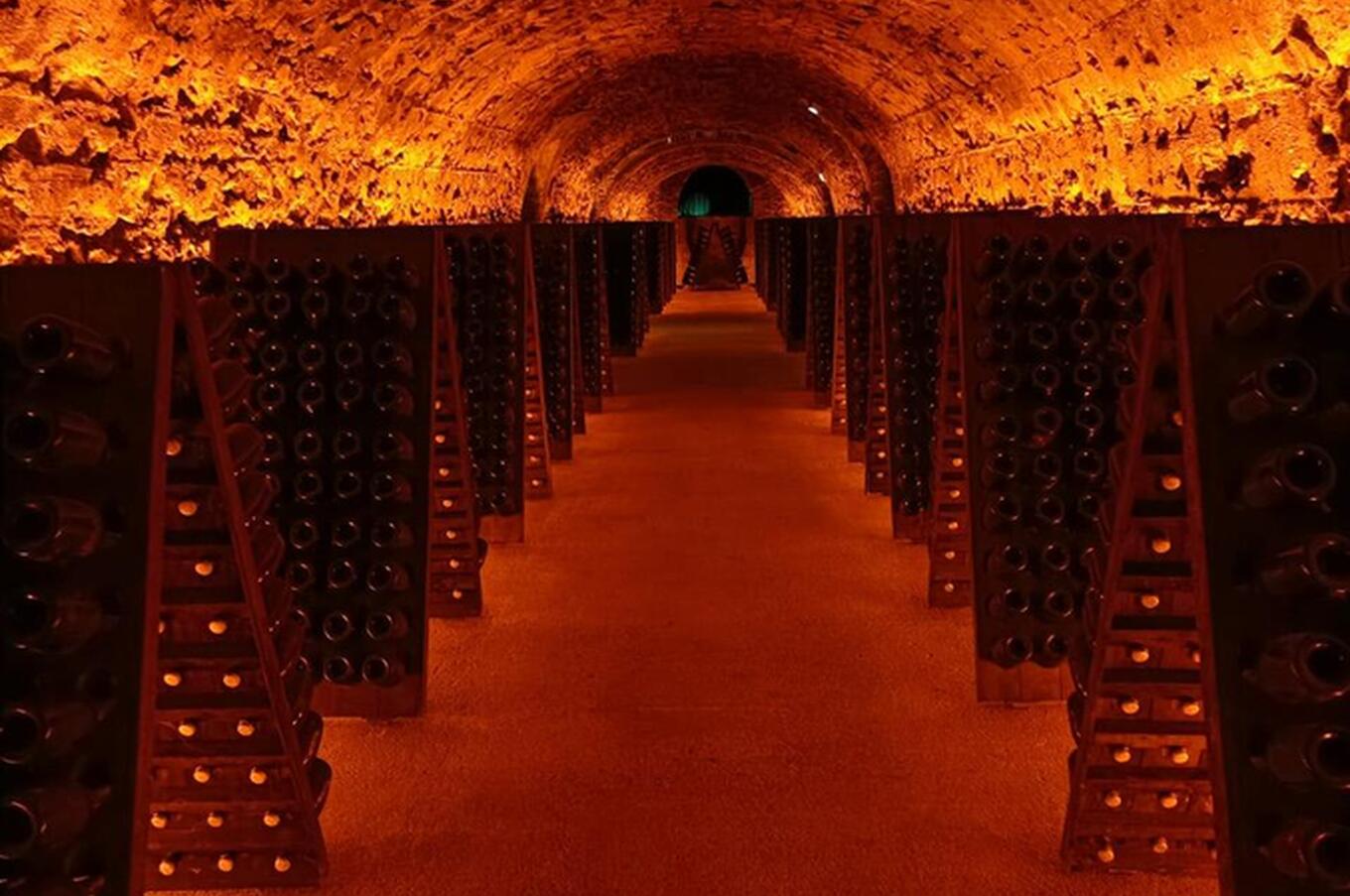
In 1816, this strong-willed and innovative woman invented the famous "stirring table", which allows champagne bottles to be placed at a certain inclination and stirred daily to clarify the wine and easily release the sediment. Another of her contributions to this beverage was the creation of a new technique for creating "champagne rosé". If in the past elderberries or red berries were added to "tint" the drink, Madame Clicquot mixed a little red pinot noir wine from Bouzy to her champagne and thus created the blending method used today in all the wineries of the region.
Napoleon Bonaparte
A vintage stroll among the vines
It is never too early for a glass of champagne, and in the town of Champillon, we started the day on the viewing terrace of the Royal Champagne Hotel & Spa, overlooking the countryside of vineyards and rose bushes in the area.
Champillon is located on the same route as Epernay, the town where the kings of France always stopped on their way to Reims, as well as Napoleon every time he returned from the battlefield. It will be perhaps for this reason that in "Le Royal" the restaurant of this exclusive hotel, which has a Michelin star, the interior design of the lounge is characterized by a central sculpture of Napoleon, large format portraits of his wives and lovers unique tableware decorated with the love letters that Napoleon wrote to them.
- A 5-star hotel in the heart of La Champagne. Photo: Royal Champagne Hotel&Spa. —
- All rooms have spectacular views of the vineyards. Photo: Tourisme en Champagne. —
- Inside the hotel, the Michelin-starred Napoleon-inspired restaurant "Le Royal". Photo: LHW. —
- The restaurant's plates display Napoleon's handwritten love letters to his wives and mistresses.
The hotel is full of curiosities related to champagne. It has the 007 room where Bollinger champagne, James Bond's favorite, is served. I discovered the "Fines Bulles" lounge for private events, and in each room, the telephone has a very special button that says "Champagne please," and you just have to press it to taste and enjoy one of the champagnes from the hotel menu.
At the exit of the Royal Spa Champagne, an adventure awaits among vineyards in the purest retro style. I boarded a van of the famous "Estafette Alouette" model that Renault manufactured between 1959 and 1980. I rode aboard this unique vehicle among the vineyards and we stopped, surrounded by silence and an infinite range of greens to enjoy a picnic of champagne and pink cookies from Reims and I even discover the technique of "sabrage", which consists of opening a bottle of champagne with a special knife that cuts the neck of the bottle off with a sharp blow.
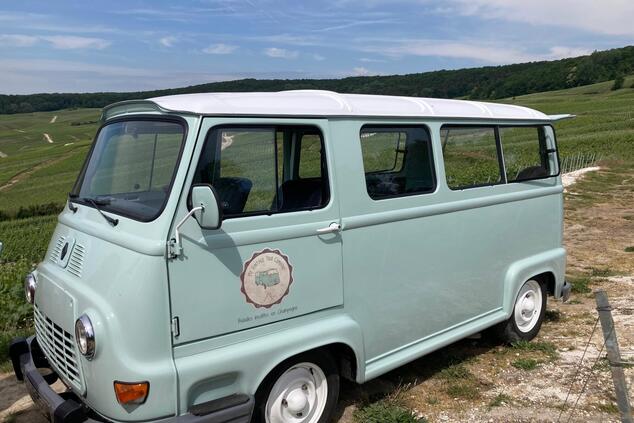
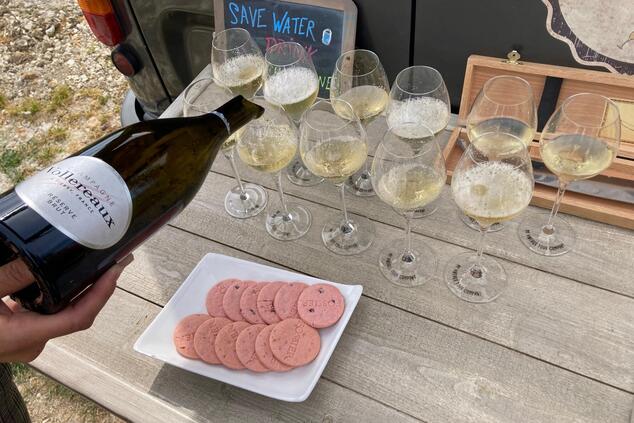
After the aperitif, an exclusive stroll through Epernay awaits us. There, the exclusive Avenue de Champagne attracts thousands of visitors every year, attracted by some of the most prestigious champagne cellars such as Moët & Chandon, Mercier, Pol Roger, Perrier-Jouët, etc. Under the avenue, more than 110 km of cellars built in the quarries intermingle and store about 200 million bottles of champagne.
On that same avenue full of elegant manor houses, gardens and terraces that invite you to taste one glass after another of champagne, I visited the emblematic cellar of Moët & Chandon that Claude Moët founded in 1743 and which has a total of 28 kilometers under the ground and whose oldest bottle dates back to 1869.
- The Boiziel winery started making champagne in 1834 and still has the 1930s cars used to deliver the bottles. —
- Moët&Chandon headquarters on the famous Avenue Champagne in Epernay. —
- Moët&Chandon's subsoil consists of 28 kilometers of cellars inside a quarry. —
- Art nouveau style advertising poster created by Alfons Mucha
Dom Pérignon
I then returned to Reims, where one last and surprising visit awaited me: the Pommery cellars. The blue façade of the fairytale-like main building is the prelude to a magical journey through the underground, where we discovered, among the bottles, an exhibition of contemporary art.
As if I were Alice in Wonderland, I descended 116 steps that took me back to the cold, damp quarries that, this time, included amazing assemblies and sculptures that transported me to a dreamlike state, making this a visit that puts a magical and bubbly finishing touch to my journey through La Champagne.

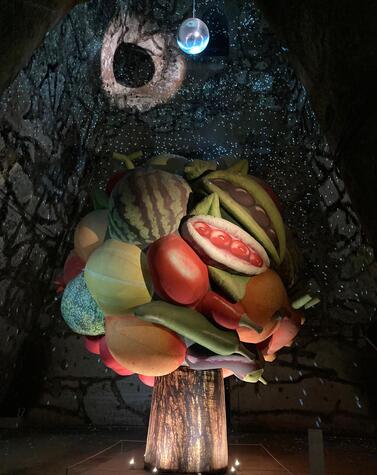
Joseph Perrier is the only winery in the town of Châlons-en-Champagne, a town that I discovered while sailing along its canals and is known as the Venice of the Marne.
Founded in 1825, this winery is still managed by the sixth generation of the same family today.
Unlike the other wineries I have visited, this one is not located underground but inside a hill where, through a 3-kilometer tour, I discovered that this brand of champagne was the supplier of the English court at the time of Queen Victoria, which currently still serve bottles to the Lords of Carnarvon in Highclere Castle, or how also, on the first flight of the Concorde between London and New York, Joseph Perrier champagne was served.

